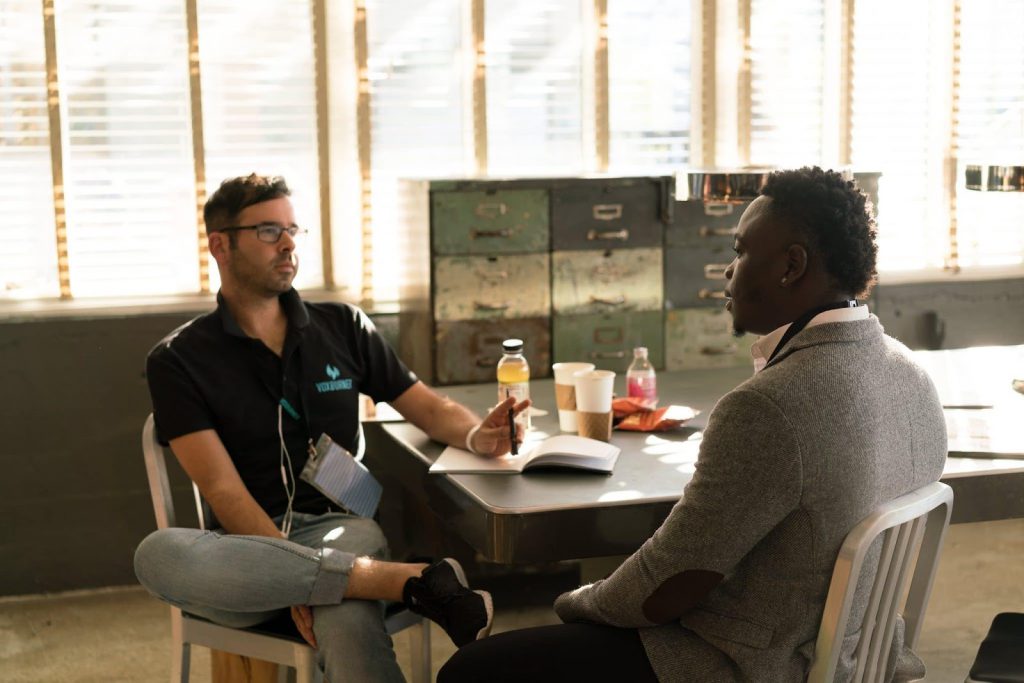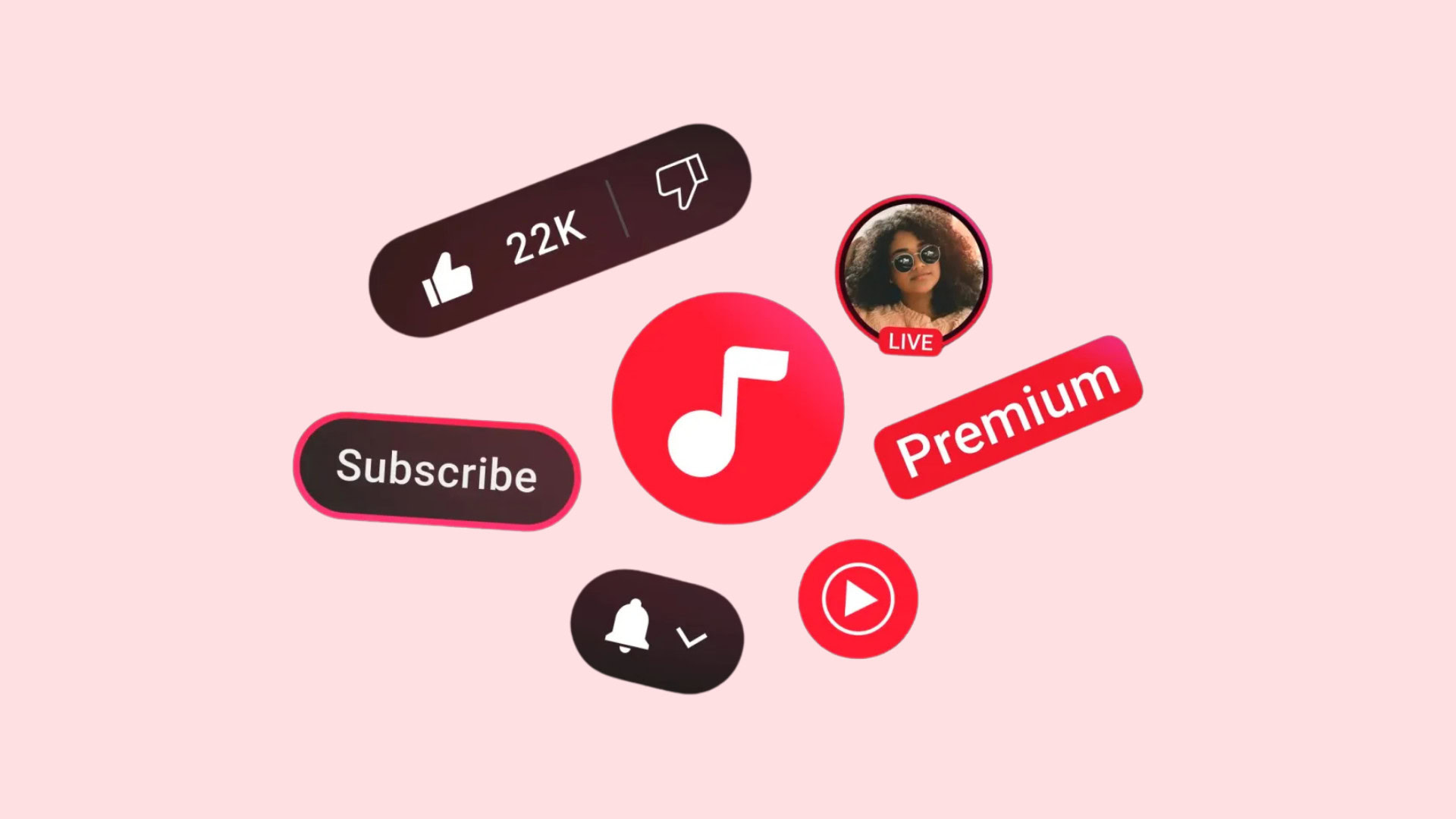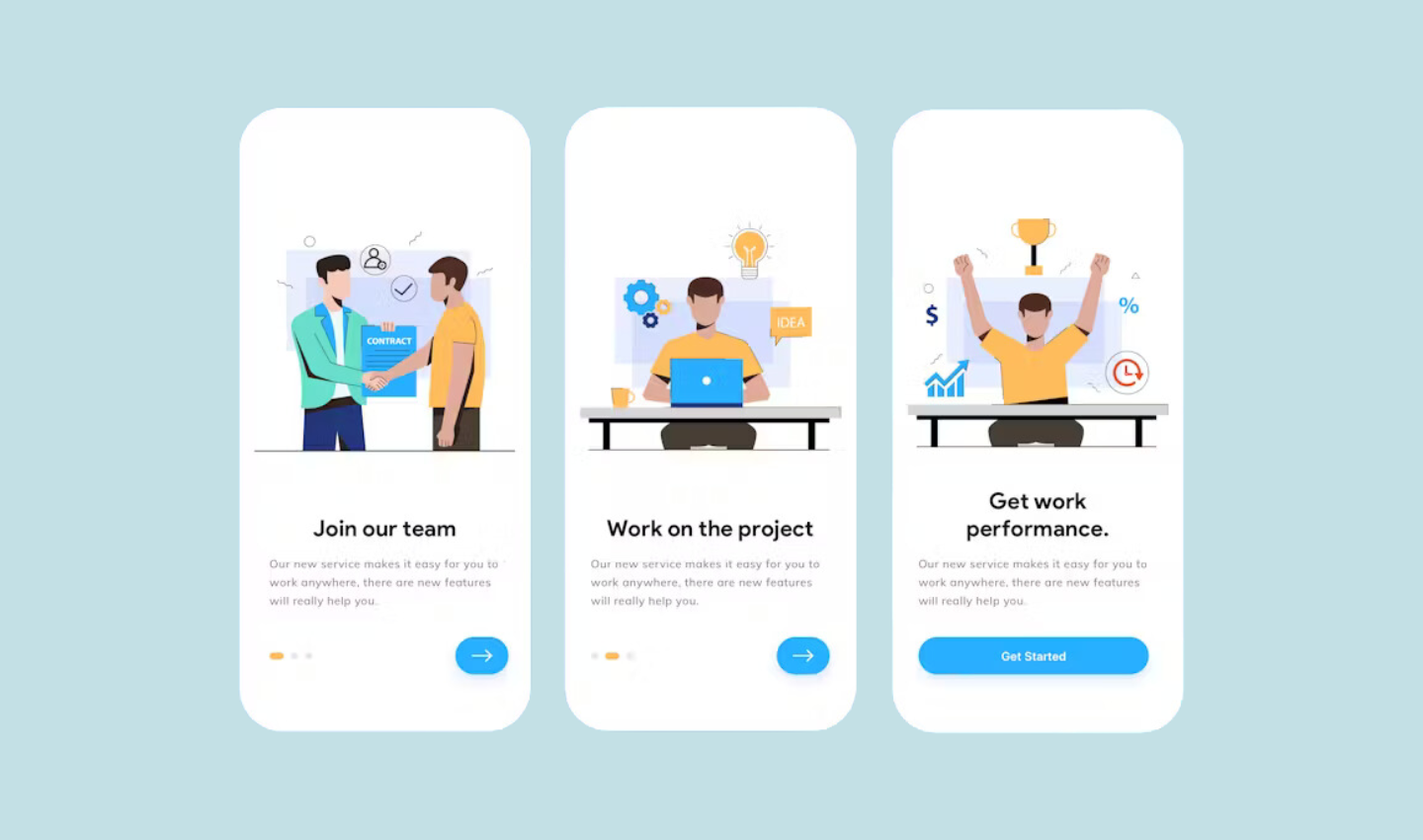
How we weaponise user interviews at Raw.Studio
Let’s face it. Most user interviews suck. They’re boring at best and painful at worst.
Well-intentioned interviewers simply ask the wrong questions and, as a result, participants are under utilised. But it doesn’t have to be that way.
You can create a user interview that’s equal parts engaging and informative. If you and your customer are each going to sacrifice an hour of your time, make it worth everyone’s while. In this guide, we’ll discuss how we conduct user interviews here at Raw.Studios. You can use these insights to develop a stronger user interview process.
Ready to do it? Let’s jump right in.
Table of Contents
What’s the Point of User Interviews?
Have you ever done something just because everyone else was doing it?
A lot of businesses are guilty of conducting user interviews and surveys because it seems like a standard operating procedure. It’s what you do because it’s what everyone does. However, there’s no point in conducting user interviews if you’re not 100% sure why you’re doing it.
To be effective, each and every user interview must be attached to a specific objective.
The point of a user interview is to learn about your user’s challenges, not just their superficial likes and dislikes. By deeply understanding their problem and pain points, you can make a better and more efficient product.
How Not to Conduct User Interviews
But here’s the thing: You can’t simply ask your user what they want because (and this is a hard truth) most folks don’t know what they want.
Instead of asking users directly what they want from you or your product, let their behavior guide you. Your job, as an interviewer, is to document their actions. Find out what drives your users to make the decisions that they do.
This doesn’t mean that you shouldn’t ask users to share their thoughts or feelings. You absolutely should, but remember to focus on the user’s behavior because what they do is a strong indicator of what they want and don’t want.
A Quick Case Study: Autotrader
Here’s a look at what we did when conducting user interviews for our client, Autotrader.
Autotrader, a subsidiary of Fortune 100 company Cox Enterprises, is a popular automotive marketplace for buyers, sellers, and dealers. Through our user interviews, we discovered the two biggest frustrations that Autotrader sellers faced when trying to sell in the marketplace:
The first challenge was that the seller simply did not know how much their car was worth. They want to sell but they don’t know how much to sell their car for, which was a source of frustration and confusion. Should Autotrader risk sending the user away to another website to find the answer? Should Autotrader ask the user to guess at a price and then risk them not selling their car at a competitive price, or not at all?
Nah. We could and did build in a free price valuation tool to help the seller arrive at the best price without leaving Autotrader.

But then, there was the second challenge that we also found out through user interviews: The average car owner doesn’t actually know much about their vehicle. They probably know the make and mileage, but do they know the year? What about the model, or the engine— How many cylinders is it?
After learning about this common frustration, we configured our car valuation tool to ask two simple questions that all users could quickly answer:
- Their number plate
- The state where their car was registered.
Just like that, we solved two major challenges in the first two screens to create a painless user experience. Thanks to our research and some creative thinking.
Key Takeaways
You can’t just print off a list of questions from the Internet and think you’re prepared for your user interview. While the interview itself may only take an hour of your time, you should spend a lot longer in preparation mode. In addition to planning out the actual interview, you’ll also spend time setting a goal, analyzing your data, and choosing the right users for your interview.
1. Choose a Goal
Aim for 1 or 2 goals max for your user interview.
- Why do you want to conduct a user interview?
- What are you hoping to find out about your users? What will you do with this information?
With Autotrader, we had two goals. Our first goal was to understand how people currently sell their cars, and map out their needs, wants, frustrations, challenges, pain points on a customer journey map. After that was accomplished, we then prioritized them on a scale of importance. So, we asked questions during the interview to help us meet those end goals.
2. Plan Out the Structure of the Interview
There are three ways that you can go out about structuring your interview: You can operate off of a script, you can start an open conversation without a particular set of questions, or you can do a mix of the two. We favor the third approach. It’s more relaxed and informal which can put the interviewee at ease.
It’s always a good idea to have a list of questions to refer back to, but don’t feel trapped by them, either.
3. Choose the Right Users to Interview
We find that the best users to interview are your actual users, a.k.a. current, paying customers. You can interview churning customers, too, depending on the problem that you’re trying to solve.
Your current customers can provide insight into what your product does well and not so well.
We generally interview 12 candidates, broken up into 3 segments. These 3 segments are defined by the proto-personas we create to keep the ball moving.|
Here’s the bottom line. If you want to:
- Improve your business…
- Learn more about your users and the choices they make…
- Create a better user experience…
- Reduce customer churn…
- Gain more empathy for your users…
… You need to interview your users. But there’s a right way and a wrong way to do it. Here’s what we do to prepare for our user interviews.
How to Conduct a Winning User Interview

Now that you’re prepared, it’s finally time to conduct your user interview, but how? Below, we share the most important do’s and don’ts to keep in mind:
Do Ask Open-Ended Questions
The first rule of interviewing is to ask exploratory questions that prompt conversation. Never ask questions that will end in a yes or no. Static answers won’t give you insight into how your customer thinks and what motivates them to act.
Our favourite open-ended prompt is: “Tell me about a time when…” This opener invites the participant to dig into an experience and allows you to find out more about their behavior.
Don’t Stick to a Script
It’s important to go into your user interview with a list of questions. These questions will help you stay on track and hit your interview objectives. However, don’t feel trapped by your list. Think of it as a guide or an outline instead of a script.
Your goal is to solve a problem not to follow a structure.
Do Follow Up
A good interviewer is curious and their favorite question is “why?” If you want to learn more about a particular topic, keep asking. The best questions are conversation-starters. Encourage the user to continue discussing the topic beyond the original parameters of your question.
Don’t Lead the User
Avoid leading the participant to a specific conclusion. Not sure what a leading question is? It’s any question that encourages a specific response or suggests the “correct” answer. Usually, leading questions begin with phrases like: “Do you agree…” or “Do you like…”
Leading questions will negatively impact your user interview. If you lead the user to the desired response in your interview, you won’t actually solve the problem. You need their honest response above all else.
Do Embrace Awkward Silences
It’s human nature to fill awkward silences with a conversation. Resist that urge. Lean into that awkwardness and let the participant instead feel pressured to fill the silence. Your participant may give you valuable information during this time that you wouldn’t have gotten otherwise. Be quick to listen but slow to speak.
Don’t Ask Them What They Want
When conducting a user interview, don’t ask your user what they want from your product. Remember that users don’t actually know what they want and it’s not their job to design your product.
Their job is to tell you what they’re hoping to accomplish and what prevents them from doing it.
This is also why it’s important to ground your questions in the present or past instead of the future. Your user doesn’t know what they’ll want or do in the future.
Do Ask Them How They Feel
Focus on the user’s feelings in your interview. Emotions cause and drive our behavior. This is why we encourage users to revisit an emotional moment in their lives.
For example, when interviewing users for Snappr, a photographer booking service, we started with an emotionally charged question:
Can you think back to a time when you were looking for a photographer but you struggled to find one?
Immediately, the user is taken back to the time right before their 30th birthday. They wanted a photographer to capture that moment but didn’t know where to look. They feel frustrated and maybe overwhelmed.
Where did they go from that pain point? How did they find out about Snappr? Did they start on Google? What did they need to know once they arrived on Snappr’s website?
These are all questions that we answer by starting with the user’s emotions.
Don’t Use the Wrong Tools
The best interviews are conducted in person. This allows you to read the user’s body language. In-person interviews are also convenient if you want to utilize props or demonstrate product features.
However, if you’re not able to meet in person, you can still meet face to face using tools like Zoom or Google Hangouts. Both are free to use, easy to set up, and familiar. But whichever technology you use, remember to test everything ahead of time. The last thing you want is to fiddle with your audio equipment during the interview and lose precious time (or the participant’s patience).
Do Make it Worth Their While
Time is money and no one wants to sit down for a lengthy interview without compensation. If you can’t afford to pay all of your participants, limit the number of participants so that you can. We find that gift cards are the best incentives. Gift cards are better than cash because they can be expensed (cash can’t).
Kick Off Your User Interview With These 15 Questions

Congratulations. By making it this far, you’re ready to conduct your own user interview and kill it. To help you out, we’re sharing our top 15 user interview questions. Feel free to make them your own.
Part 1: The Icebreakers
The goal of these questions is to loosen up your participants so that they feel more comfortable with you. Discover more about your customer’s daily routines, habits, and values.
- Can you describe a typical day?
- What are your job responsibilities?
- What websites or apps do you visit the most?
- How often do you share on social media?
- What are your most important, guiding values?
Part 2: Pain Points
Discover your customer’s top challenges related to the pain point that you’re aiming to solve.
- Tell me about a time when you tried to (complete a task that’s related to the problem)?
- Before our solution, what did you do to (complete a task that’s related to the problem)?
- How does (pain point) impact your work/ life?
- What other solutions have you tried?
- How did you find out about our solution? What led you to seek out our solution?
Part 3: Retrospects
Use these questions to better understand where the biggest opportunities are to improve the overall experience.
- What went well?
- What didn’t go well?
- Which areas of the experience would you want improved immediately?
- How has your perception about (product) changed?
- If we had to close down, what would you look for in an alternative solution?
Next Steps
User interviews are a great tool to help you learn more about your customers, why they choose you, and how to keep them around.
Not to brag, but we conduct pretty epic user interviews. We can help you set up an engaging user interview. Let’s make it happen.
Take your company to the next level and get results with our world class user experience, interface design and implementation.
Get a FREE 30 min Strategy Session

Related posts
10 Design Commandments You Must Consider for Your Product
Hey game changer, It’s Philippe from Raw.Studio, hope you had a stellar weekend! Today I’m on a mission to help […]
What YouTube’s New Red-to-Magenta Gradient Means for Users and Branding
Are you ready to see YouTube in a whole new light? As the platform celebrates its landmark 20th anniversary, it […]
First Impressions Matter: Crafting Compelling User Onboarding Experiences
User onboarding has become more crucial than ever in today’s fiercely competitive digital landscape, where countless applications and platforms vie […]
Creative product design that gets results
Take your company to the next level with world class user experience and interface design.
get a free strategy session



